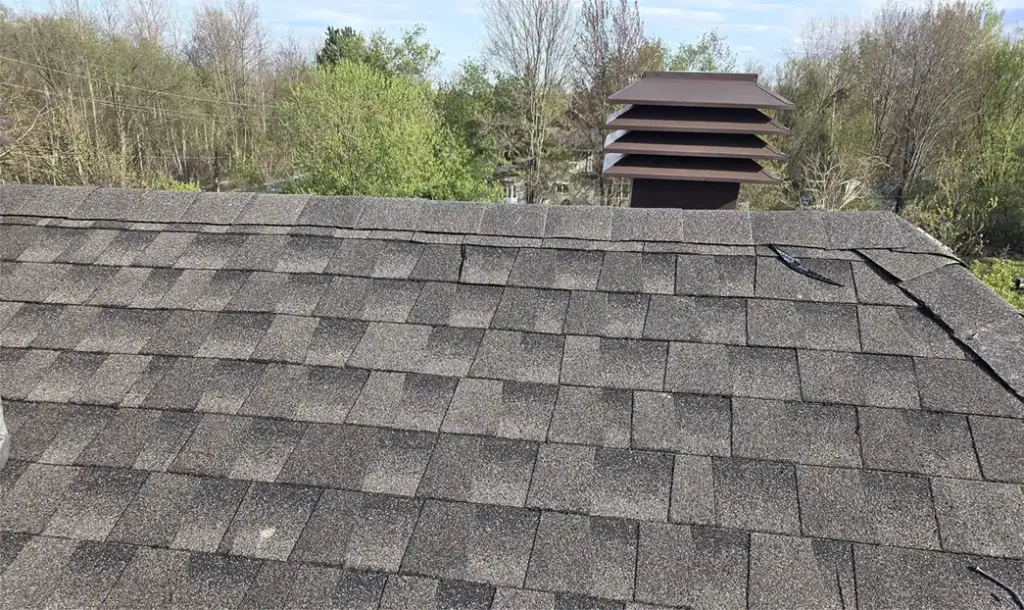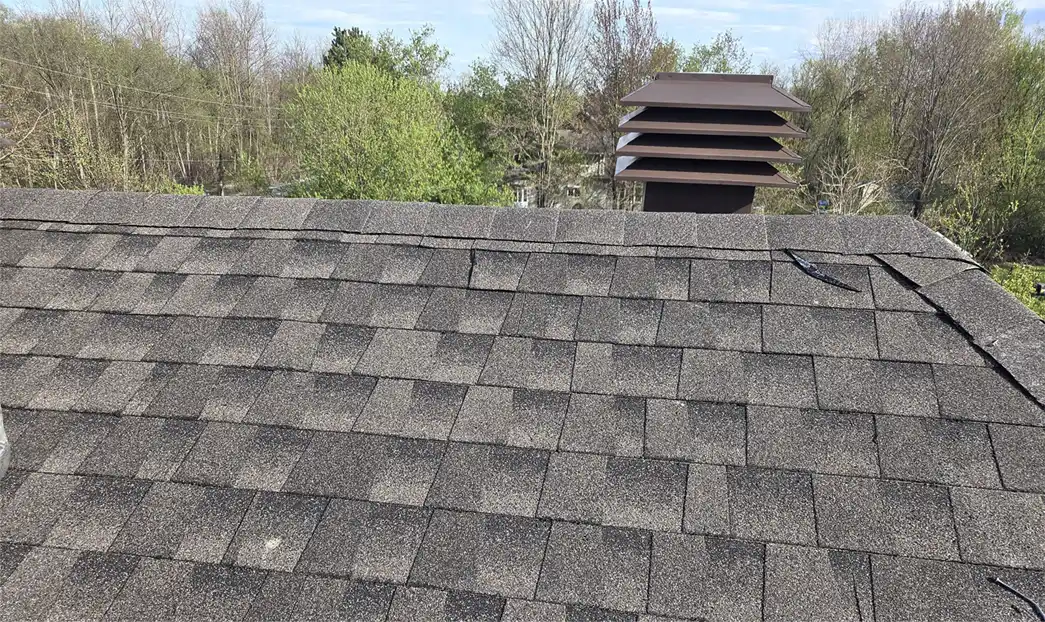Roof ventilation might not be the first thing homeowners think of, but it plays a crucial role in the health of your home, especially in climate zones like Ottawa’s. Whether you live in the older homes of Orleans or newer builds in Barrhaven, attic ventilation can directly affect energy bills, roof lifespan, and even indoor air quality.

1. What Does Roof Ventilation Do?
Ventilation allows air to circulate through your attic, regulating temperature and moisture. In winter, this prevents warm air from melting snow and causing ice dams. In summer, it reduces heat buildup that can warp shingles and raise cooling costs.
2. Signs of Poor Ventilation
- Ice dams forming on roof edges
- Mold or mildew in attic insulation
- Excessively high heating/cooling bills
- Hot or humid upstairs rooms
3. Types of Roof Vents
- Ridge vents: Run along the peak of the roof
- Soffit vents: Located under eaves for intake
- Gable vents: Provide cross-ventilation
- Powered vents: Use fans to move air more efficiently
4. Ottawa Building Codes and Best Practices
Local building codes in Kanata and Orleans typically require 1 square foot of ventilation per 300 square feet of attic space. Be sure your roof meets or exceeds this standard, especially in older homes.
5. Get a Ventilation Checkup
If you’re unsure whether your ventilation is up to par, ask a roofing expert to perform an attic inspection. Upgrading your system can prevent costly problems later.
Proper ventilation helps protect your investment and improves your home’s energy efficiency, essential for any Ottawa-area home.


Leave a Reply